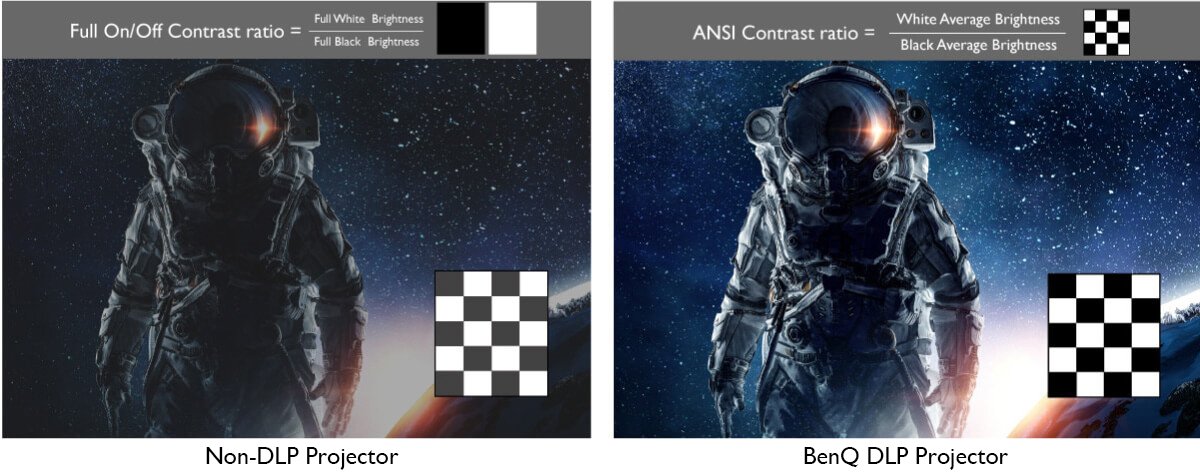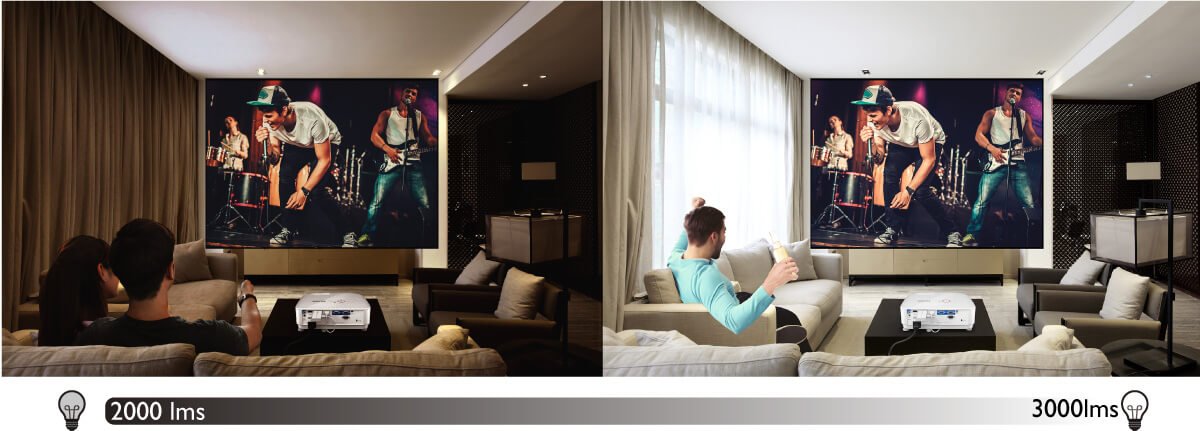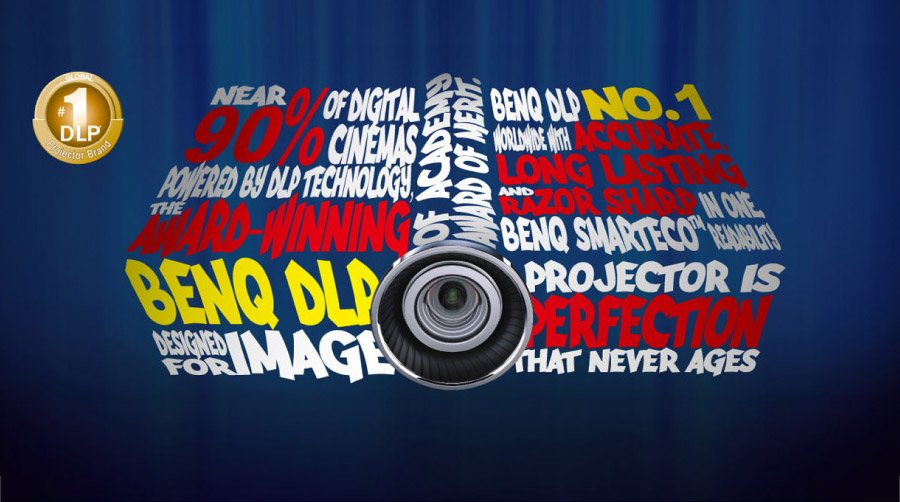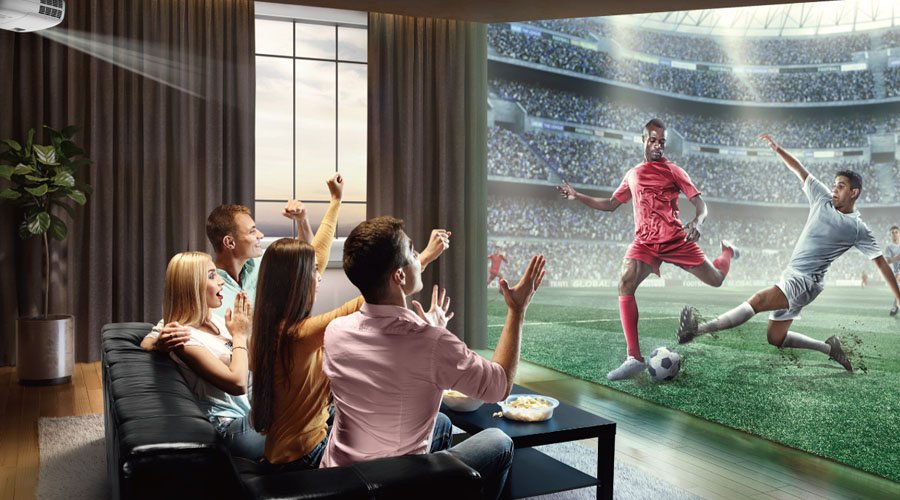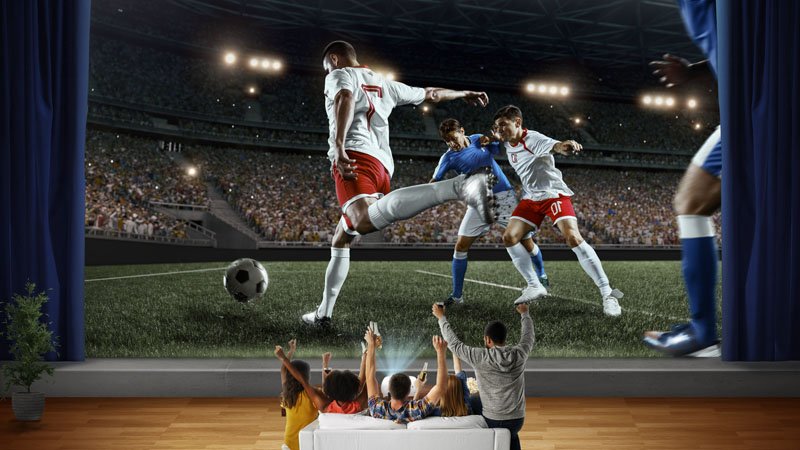Contrast : Why FOFO is Misleading
Contrast perception is an effect produced by a series of single frames. Measuring contrast can be done in two ways: Full On/Full Off (FOFO) and ANSI Contrast. FOFO is easy to manipulate and is commonly used in the industry, whereas ANSI produces more valid numbers, but is hardly used.
Full on / off contrast measures the ratio between the brightness of a solid white pattern (Full On) and that of a solid black pattern (Full Off). A contrast ratio of 5,000:1 means that the meter reads the white pattern as being 5000 times brighter than the black pattern.
ANSI uses a single checkerboard pattern (consisting of 16 rectangles, out of which 8 white and 8 black). The brightness of both the black and white squares are measured and averaged, and the ratio between them is the ANSI contrast ratio.
Besides these ratios, other factors should also be considered: how much ambient light is available where you place your projector? And what will you be projecting it on? Not just contrast ratio should be taken into consideration. For more information on FOFO and ANSI, click: “ The Myth of High Contrast ”


